Soft Mast Overview
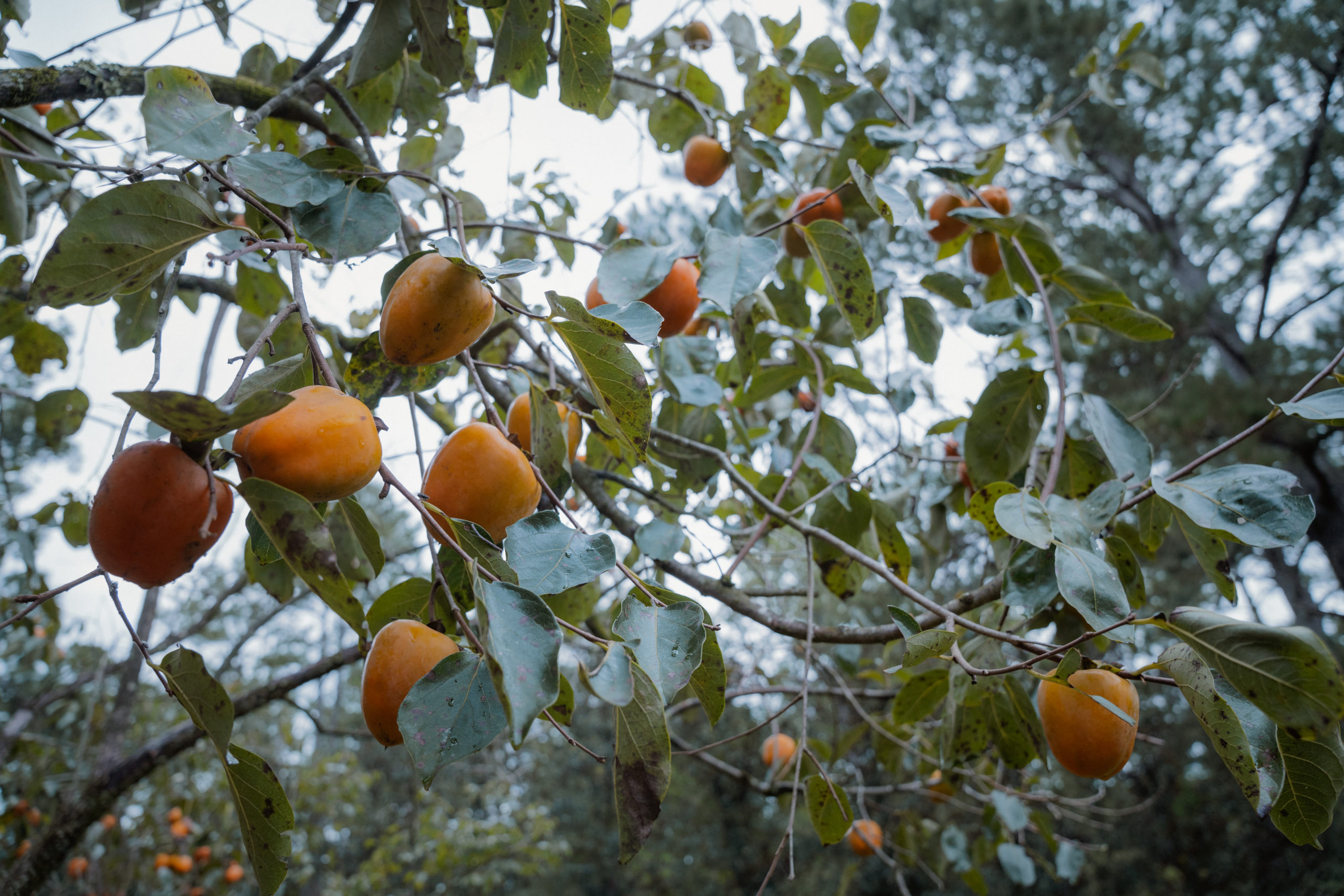
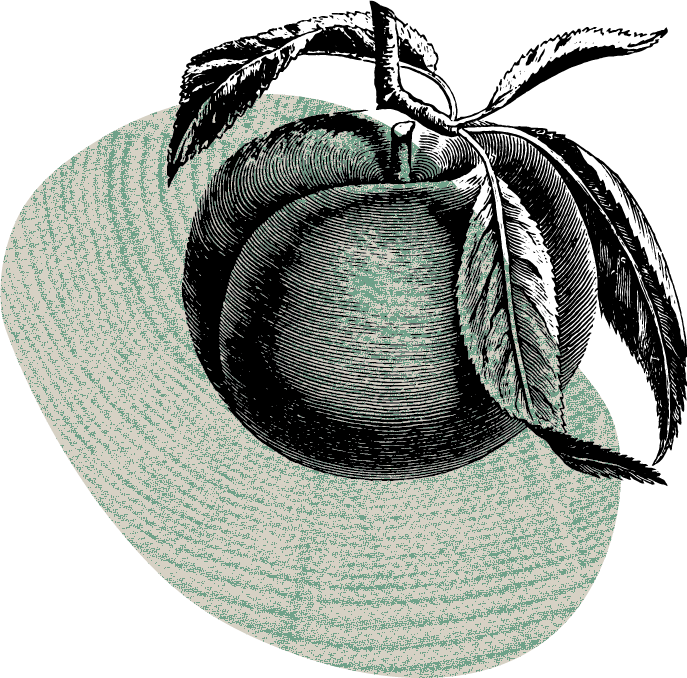
When planting orchards to attract wildlife, most people think of hard mast species like acorns and chestnuts. However, experienced land managers plant a broad range of soft mast species to attract and hold more and healthier wildlife on the land. Furthermore, they bear fruit at different times, so planting a variety will widen the window of nutritional attraction.
Mulberries and Plums
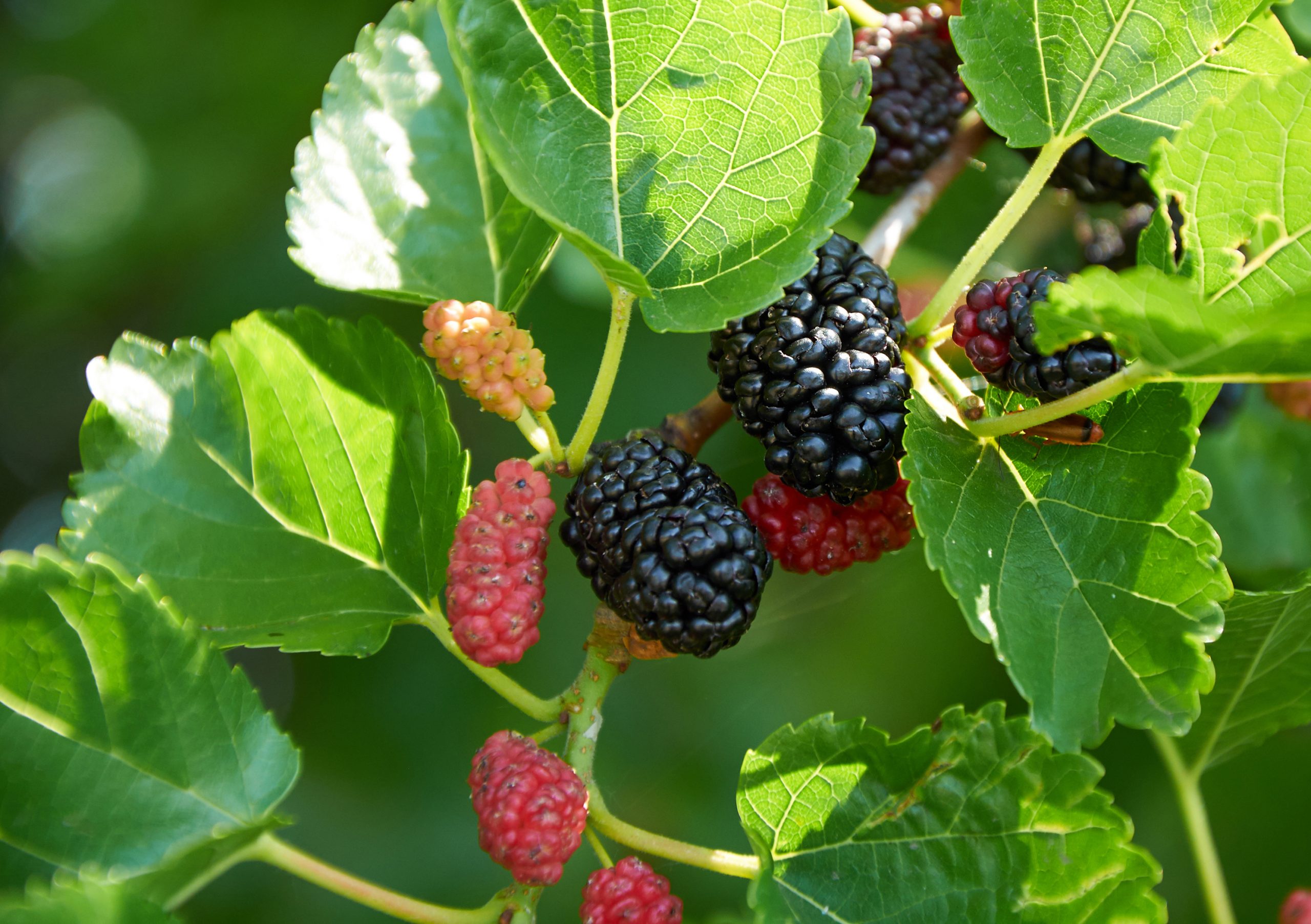
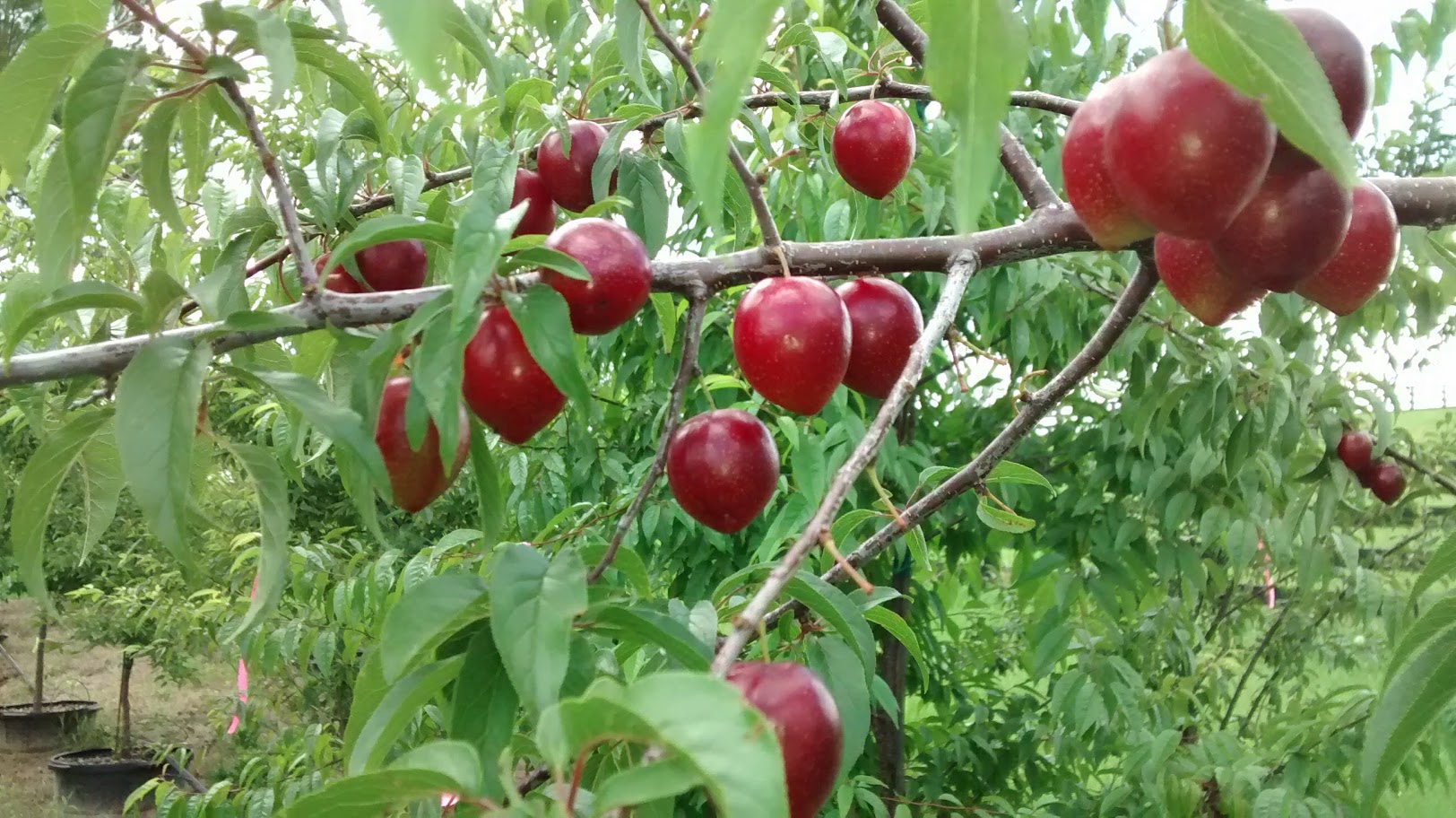
Mulberries and plums start the soft mast season in late spring and early summer, a rapid growth and abundance season for the wildlife species that feed on them. Mulberries come first – sometimes as early as April and May in the deep south and early June farther north.
Chestnut Hill Outdoors offers several varieties, including black and everbearing mulberry, which will continue flowering and producing fruit throughout the growing season.
Next comes plums, which fruit in June and July. Late spring and summer are essential times for wildlife like deer as they experience much higher nutritional demands. At the same time, nursing fawns begin shifting from mother’s milk to natural food. In addition to providing an abundant source of early-season nutrition, both mulberries and plums will eventually form a thicket of cover, another vital component of wildlife habitat.
Brambles and Grapes
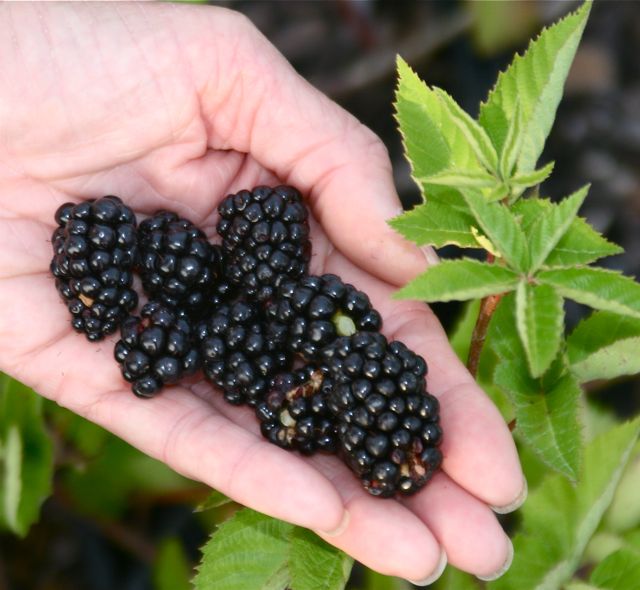
While plant growth is at its peak, mid to late summer is an often overlooked period of nutritional stress for wildlife. Nutritional needs for young and adult wildlife are also peaking. Meanwhile, herbaceous vegetation is maturing and dying. Late summer soft mast species like blackberries, raspberries, blueberries, and grapes help bridge this nutritional gap before changing nutritional needs prompts deer to shift their diet. Like mulberries and plums, these species provide cover, especially when planted between open areas like fields and food plots, to create the ecotone or edge cover many wildlife species prefer.
Large Fruits
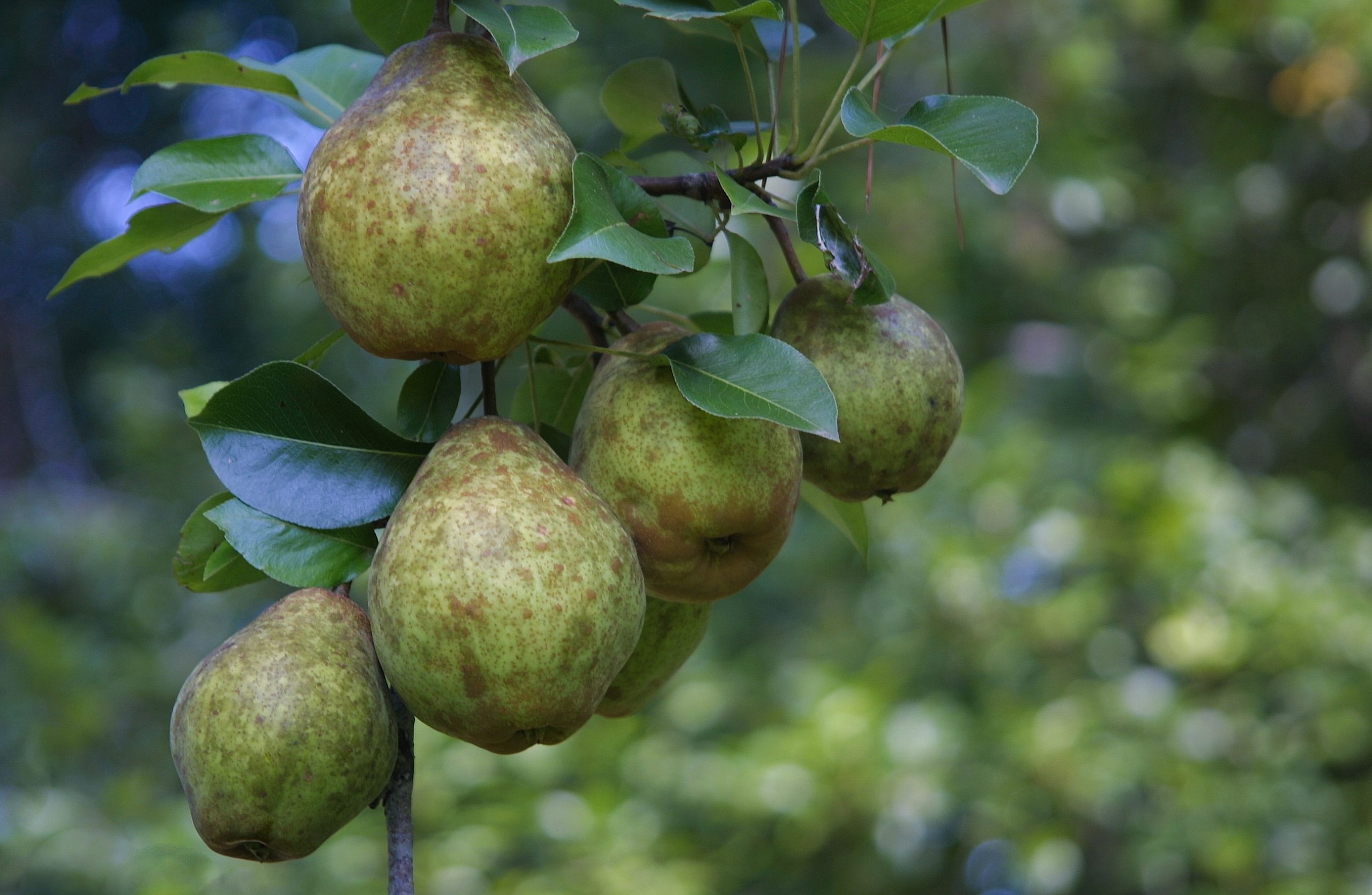
As the seasons change, so do nutritional requirements for wildlife. Decreased growth rates reduce the need for protein, and it is time to start fattening up for winter. The perfect potion for that process is pomes like pears, apples, and fruits like persimmons. In time and with proper management, the pome trees will form orchards with an open understory where deer can feed and easily detect danger. Planting a variety of chilling requirements will expand the availability and attraction right into fall and early winter. Few soft mast species are more attractive to deer than persimmons. Chestnut Hill Outdoors offers Early-drop Deer Candy and Late-drop Deer Magnet persimmons to widen the attraction window and form dense patches for more cover.
In and of themselves, soft mast species will enhance attraction and available nutrition. Combined with other nutritional sources like food plots and hard mast orchards, they fill critical nutritional gaps so the parcel can complete the wildlife’s calendar by meeting all their year-round nutritional needs. Many also provide cover, leaving only water to complete wildlife habitat components.


